Chandelier or pendant light? Which one is best for your space? Which one will be the king of your home lighting? Are chandeliers and pendant lights the same thing? What’s the actual difference? A lot of questions looking for answers, right? Don’t worry, because in this blog we will give you all the knowledge you need to choose the right product for your personal space.
1. What is a chandelier?
Let’s first distinguish between these two lighting products. A chandelier is a light fixture suspended from the ceiling with only one light bulb in the fixture. A chandelier, on the other hand, is a hanging light that integrates multiple bulbs into a single fixture.
Chandeliers have a central body with multiple glowing branching arms. It is usually suspended by a chain.
Chandeliers are unique in that they use a multi-branch support system. They have one or more lights on each branch and are often reminiscent of growing objects, such as trees or plants. They are usually made of wrought iron, brass, steel, and bronze, sometimes supplemented by crystal or glass. Crystal chandeliers are dazzling and charming, adding a romantic feel to the room.
Chandeliers are usually very ornate, sophisticated, and formal. They tend to be more expensive than chandeliers.
Whatever the type, the chandelier is a bright focal point that brings the whole room together. Technically, a chandelier consists of a central body that is usually suspended from the ceiling by a chain. The center body is connected by multiple lighting branches. This type of lighting includes a variety of lamps, but before the advent of electricity, candles were the lighting source.
(Another related post: Chandelier 101: All You Need to Know)
2. What is a pendant light?
A pendant light has a string or chain to which a lamp is attached. Sometimes pendant lights have multiple lights, but if they do, they are usually surrounded by a single structure.
pendant lights are individual lights, each hanging from its rod, line, or chain. You can use very small individual pendant lights to add dynamic lighting to very small areas, such as artwork. pendant lights provide ample light over large areas. Multiple pendant lights in the right place can be very eye-catching. They are made from a variety of materials according to the artist’s needs, including blown glass, brushed steel, nickel and stained glass, nickel and stained glass.
A pendant light is also a type of lighting fixture that hangs from the ceiling. Unlike a pendant light, however, a pendant light is a single light fixture suspended by a metal pole, chain, or rope. A variety of configurations can be completed using a single fixture; It can be suspended as an independent light source or can be suspended in series.
(Another related client case: Pendant Light Works In Australia)
3. Chandelier VS. Pendant light: Appearance
Generally speaking, pendant lights are simpler than chandelier ones. That doesn’t mean pendant lights are less attractive than chandelier ones. Look for an above-average price pendant light on your pendant light and you may find some gems to decorate your interior design, however, most people prefer the simple yet stunning look of a lighting fixture.
1) The appearance of pendant lights
Pendant lights and chandeliers are different in both appearance and installation. They are also used differently, which should be taken into account when choosing which lamps to buy.
pendant lights come in many decorative styles and forms. However, before choosing a pendant light, be sure of its purpose. One factor to keep in mind is that the pendant light is suspended from the ceiling of the room by a chain or rope. Since it’s not as bulky as a chandelier and doesn’t take up as much space, it’s a popular choice for homeowners. For work Spaces such as kitchens or laundry rooms, it works well to illuminate dark spots.
The pendant light can be used as both a light source and the focal point of the room. However, it may take several lights to illuminate the entire room. In terms of style, a pendant light can provide a more modern look to any room. In addition, if the homeowner wants to redecorate, it can be easily switched to other styles.
2) The appearance of chandeliers
On the other hand, a chandelier can add a sense of elegance to any room. It can be a light source or hanging decoration. The chandelier is more like an exhibit, such as a piece of jewelry in the living room. The lighting fixture attracts your visitors with its elegance and brightness. There is a reason why chandeliers are usually used in the common rooms of houses.
In fact, in the 15th century, chandeliers with candles were the main source of light for churches and the rich. But as lighting technology improved and smaller fixtures provided the light needed, crystal chandeliers all but disappeared.
However, today’s chandeliers es come in a variety of variations and styles. Crystal, layering, downlights, transitions, and rustic styles are some of the styles available. In addition, there are different sizes such as mini, small, medium, large, entrance, dining room, living room, and bathroom chandeliers.
A chandelier is different from a single-rope system with one or two lights on the end of a pendant light because it has a branch system with a canopy, a central body, a chain, and a light bulb. Therefore, when choosing a chandelier, proportion is crucial. When the purpose of the chandelier is to blend in and complement the area, too big or too small will attract unwanted attention.

(Another related post: Crystal Chandelier VS. Glass Chandelier: What is the Difference?)
4. Chandeliers VS. Pendant lights: Advantages and disadvantages
Their advantages and disadvantages will be discussed separately below:
1) chandeliers
Advantages of the chandelier include the ability to create focal points in a room, the ability to provide ample lighting for larger Spaces, and timeless elegance that complements a variety of interior styles. The chandelier is an excellent choice for large Spaces such as banquet halls, entrance foyers, large lounges, and high-ceiling rooms.
Because of their timeless appeal, they are perfect for both traditional, and classic interiors, but modern designs work well in contemporary Spaces as well. They are perfect for luxury commercial Spaces such as restaurants and hotels.
However, the chandelier can also have drawbacks, such as its relatively high cost, the need for professional installation due to its weight and complexity, and the need for regular cleaning to keep it beautiful.
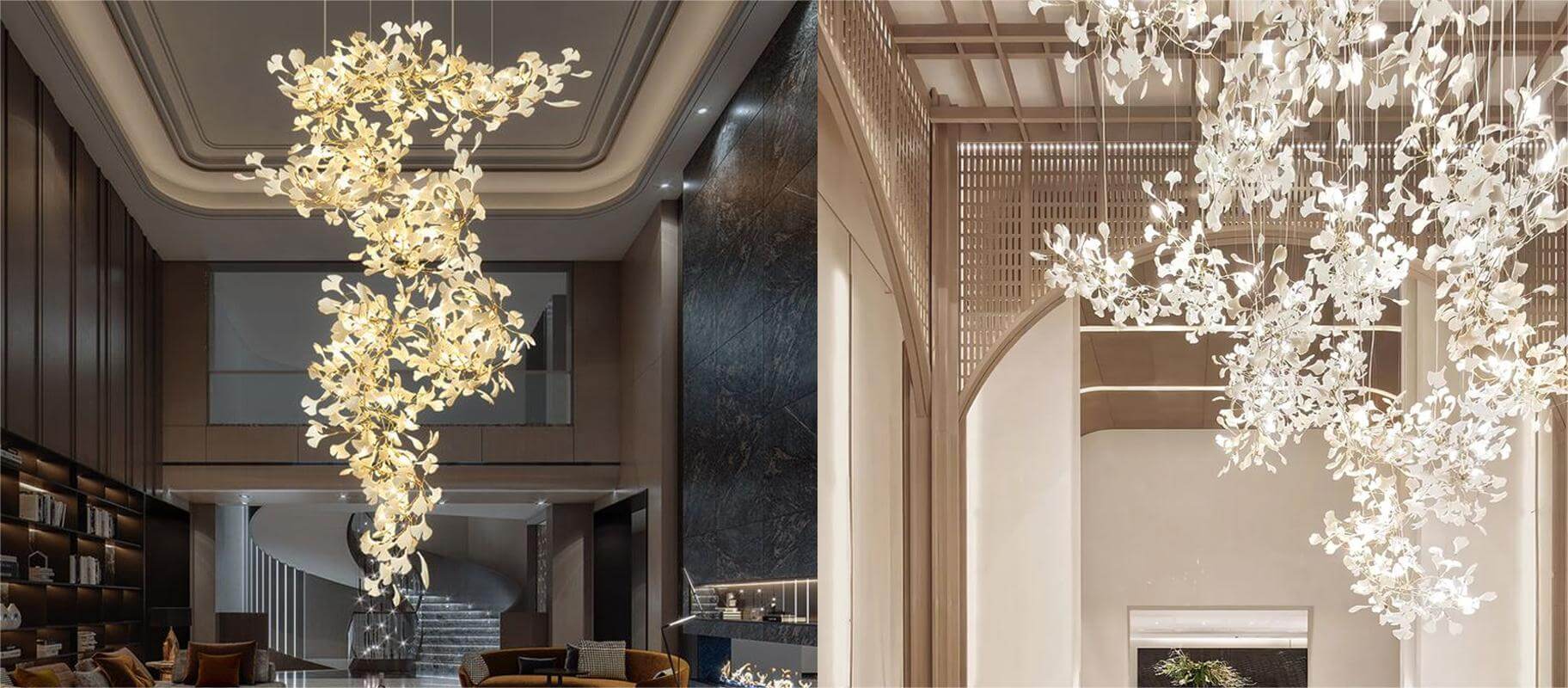
2) pendant light:
pendant light benefits include the ability to provide focused and customizable lighting, aesthetic versatility to match a variety of interior styles, and modern appeal. However, some disadvantages to consider include the need for proper installation to ensure they hang at the correct height, and the potential for glare if they are not sufficiently diffused.
chandelier and pendant light are both good choices, but to help you decide, we’ve put together all the details above as a quick reference for some pros and cons:
The chandelier and pendant light are both hanging light fixtures, and they are used in many of the same locations, including kitchens, dining rooms, and foyers. The main difference between the two is their structure.
The chandelier is layered and includes lights branching from the main light source, while the pendant light does not. The chandelier can also be used as a standalone centerpiece. At the same time, the pendant light can be used independently in the room or can be placed in groups.
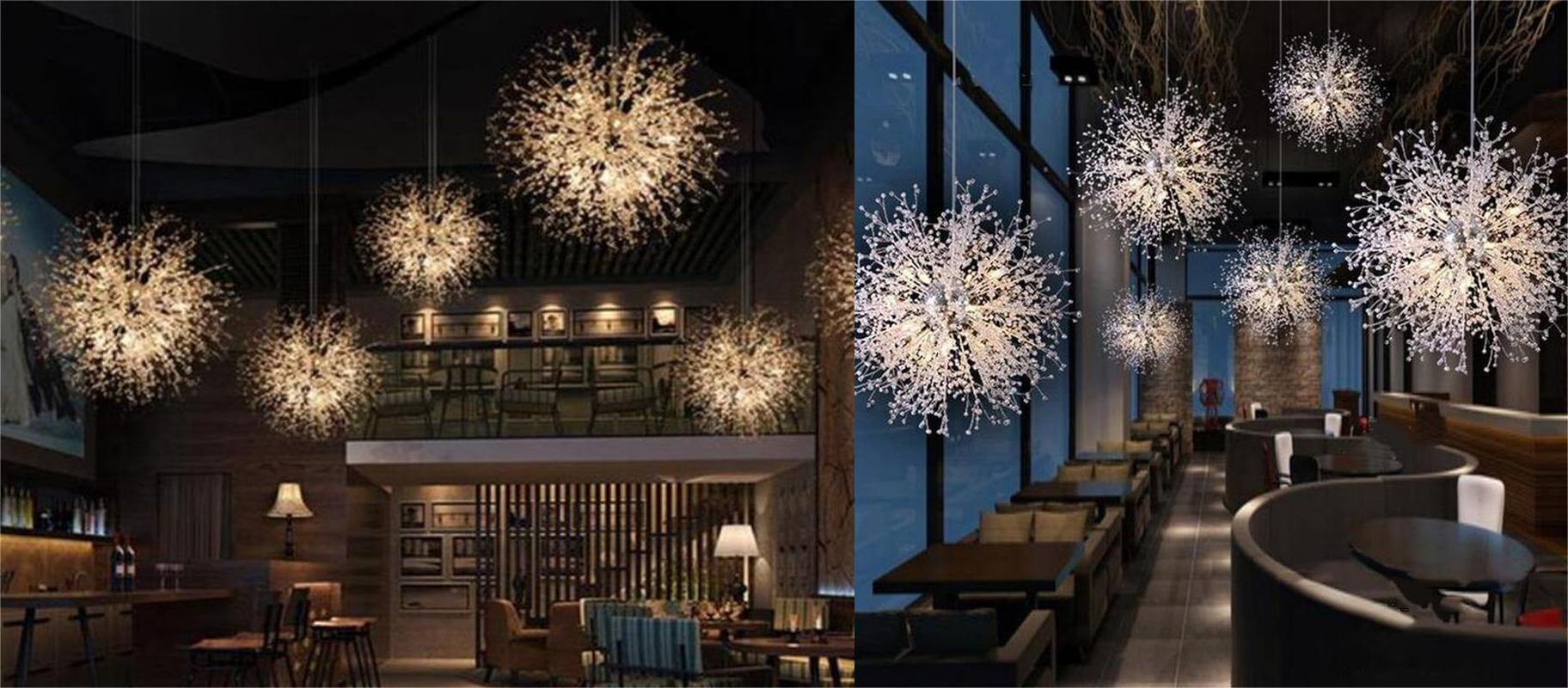
(Another related post: A Quick Guide to Chandelier Crystal Quality)
5. Pendant light VS. Chandelier: Material
The most commonly used materials for pendant lights are glass, metal, plastic, and cloth. Glass pendant light‘s clear glass diffuses light in different directions. However, metals such as polished chromium and brushed nickel have shiny surfaces that can also reflect light.
Chandeliers are made of crystal, glass, hand-wrought iron, steel, or bronze. Combinations of more than one material can be used. chandeliers may also have flame-shaped bulbs and crystal prisms, similar to 19th-century chandeliers.
Materials are another important consideration when choosing a pendant light or chandelier. Chandeliers are usually made of crystal or glass bulbs, while pendant lights use various types of metals and other materials to create a variety of looks. You can choose a pendant light made of stained glass, metal cage, etc., depending on the visual style you want to achieve.

6. Pendant light VS. Chandelier: Similarities and differences
Common ground: Both can be used for lighting
Both the chandelier and the pendant light can be used in any room in the house! Mice are commonly used to provide ambient light in large Spaces (lighting the space evenly), but their ornate design can produce shadows. Since there are many lights on a hat, you may only need one lamp to light up the entire room. Hats are more suitable for direct lighting (e.g. above the kitchen table). Since each light fixture usually has only one bulb, smaller hats are often used in groups, such as a group of 3 on a kitchen island.
Difference: The style is different between the two
The biggest difference between a chandelier and a pendant light is its appearance. The chandelier is more complex and gorgeous. They express personality and add elegance to a room. The chandelier will be the center of attention. Hats come in many shapes and styles. Compared to a chandelier, the pendant light is usually smaller and gives a cleaner, more minimalist feel.

(Another related post: Hotel Lobby Chandeliers: A Full Guide)
7. Pendant light VS. Chandelier: Usage scenario
Pendant lights can be used anywhere in the home, sometimes in combination, especially in the kitchen and living room.
The chandelier can be used throughout the home, with dining rooms, living rooms, and foyers being the most common areas. They can also be installed in the bathroom, but if installed above the bathtub, there are national electrical regulations. Some local building codes also don’t allow a chandelier over a bathtub. If this happens in your area, an alternative is to hang it in the middle of the room.
8. Pendant light VS. chandelier: Cost
Cost is a consideration when deciding whether to buy a pendant light or a chandelier. A cap with 3 lights with a multi-base light fixture in brass finish for 120v direct wire costs between $60 and $150. Basic labor, which includes installation, any required modifications, material procurement, area preparation, equipment, setup, protection, and cleanup, costs an average of $195 and $235.
Then, the associated materials and supplies, such as accessories, connectors, and mounting hardware, cost about $10. The total cost is between $265 and $395.
Prices vary depending on the model and brand, starting at $50. In fact, the size of the chandelier may require new mounts and extra manpower or equipment to handle it, so a small light could cost $150 and an oversized chandelier $230. Ceiling height can increase project costs.
A typical size chandelier costs $160 for an 8-foot ceiling installation. For larger mice, the average price for a 14-foot ceiling is $390, with a total cost of between $360 and $670.
(Another related post: 10 Best Crystal Chandeliers of 2023)
9. Pendant light VS. Chandelier: Installation
The following are the different installations between pendant lights and chandeliers.
1) Pendant light
If the job is simply replacing the pendant light rather than having to hardwire or fully install the pendant light, the installation can be done by the homeowner.
For pendant lights, the suspension is a simple rope or chain that pendant light hangs from the ceiling. The pendant light may contain more lights, but the suspension remains the same
Whether the pendant light requires a professional depends on the type of lamp installed. If the lights are plug-in, the installation can be done by a skillful homeowner. If the cap is hardwired, a professional is needed, as the wiring in the ceiling may need to be modified for new lights. Because the work only involves replacing lamps or laying new wiring, installation is easier.
Each light requires a different installation and must be installed correctly. For example, the cord length for hardwired pendant light fixtures needs to be between 4 and 6 feet so there won’t be any overhanging chains or ropes.
In addition, it will have a more polished and finished look, making it a permanent fixture and the main light source. However, it is more labor-intensive than plug-ins. If the cap is plug-in, the rope or chain needs to be at least 9 feet long. In fact, sometimes an extension cord is needed to plug the lamp into an outlet.
2) Chandelier
The chandelier is labor-intensive and should be hung by an electrician. When hanging a chandelier, the placement can be tricky. If the ceiling is high, then the lamps need to be higher, but if the room is large, then the lamps need to be wider. Where and how long the chandelier is hung will affect the space and function.
For example, if it is installed too low, then people may hit their heads or block traffic. If it is hung too high, then the light will not be able to adequately cover the entire space. If the chandelier is installed in a new location the pendant light has never been wired before, it will need to be rewired in the ceiling.
In addition, the size of the chandelier may affect the installation, as additional installation or support to the ceiling is required. Because the work may involve supporting the ceiling and additional installation, in addition to laying new wiring, it will be a more difficult installation.
While the chandelier has a lasting, timeless appeal and is perfect for traditional or grand Spaces, the pendant light is a more modern, versatile solution that pendant light fits all kinds of interior decor. When choosing between a chandelier and a pendant light, consider your lighting needs and interior features, such as dimensions, space, and design aspects, as well as your budget and maintenance requirements.
(Another related post: Top 10 Modern Chandeliers In 2023)
10. Pendant light VS. Chandelier: Maintenance and cleaning
When choosing between these two declaration devices, it is important to consider maintenance. Since the pendant light is simpler, it is generally easier to clean and it is simpler to change the light bulb. On the other hand, the chandelier can be more challenging to maintain due to its delicate design. If you are looking for more convenient maintenance, the pendant light is your best choice.
11. When to choose a pendant light or chandelier?
If you’re looking for a large personalized light fixture or one that pendant light fits into a large or grand space, choose a chandelier over a hat. If you need a classic or traditional interior lighting solution, the chandelier is the better choice, as it will provide a timeless style the pendant light is more aesthetically appropriate. In addition, the chandelier is a good choice for those with a larger budget who are looking for an impressive light fixture.
If you’re looking for a modern, versatile lighting solution for modern interiors, choose a pendant light over a chandelier. If you want to install centralized lighting in your room, pendant lights are a better choice. They are also a better choice if you have a smaller budget or prefer fixtures that pendant light require less maintenance.
(Another related post: Tips for Maintaining a Chandelier)
12. Conclusion
That’s all about the contrast between chandeliers and pendant lights. No matter which lighting fixture you choose, chandeliers and pendant lights will create a fantastic atmosphere in your room. Look for lamps that will not only brighten up your space but also give you pleasure and satisfaction. If you have any questions, please feel free to contact us.


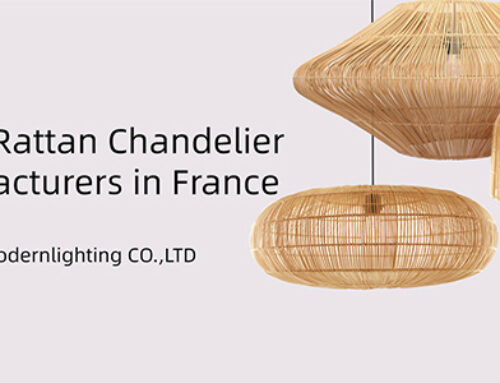
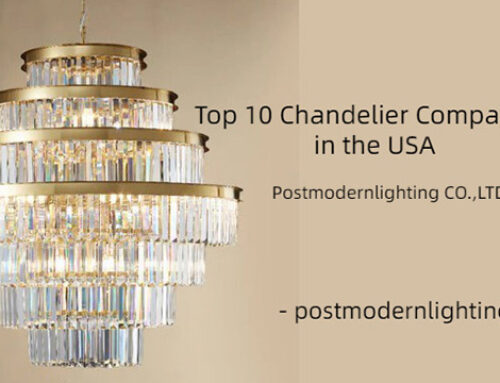
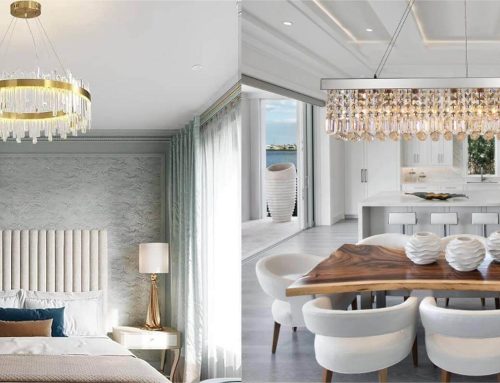
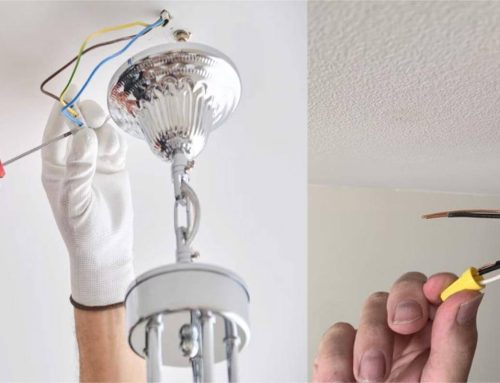
Leave A Comment